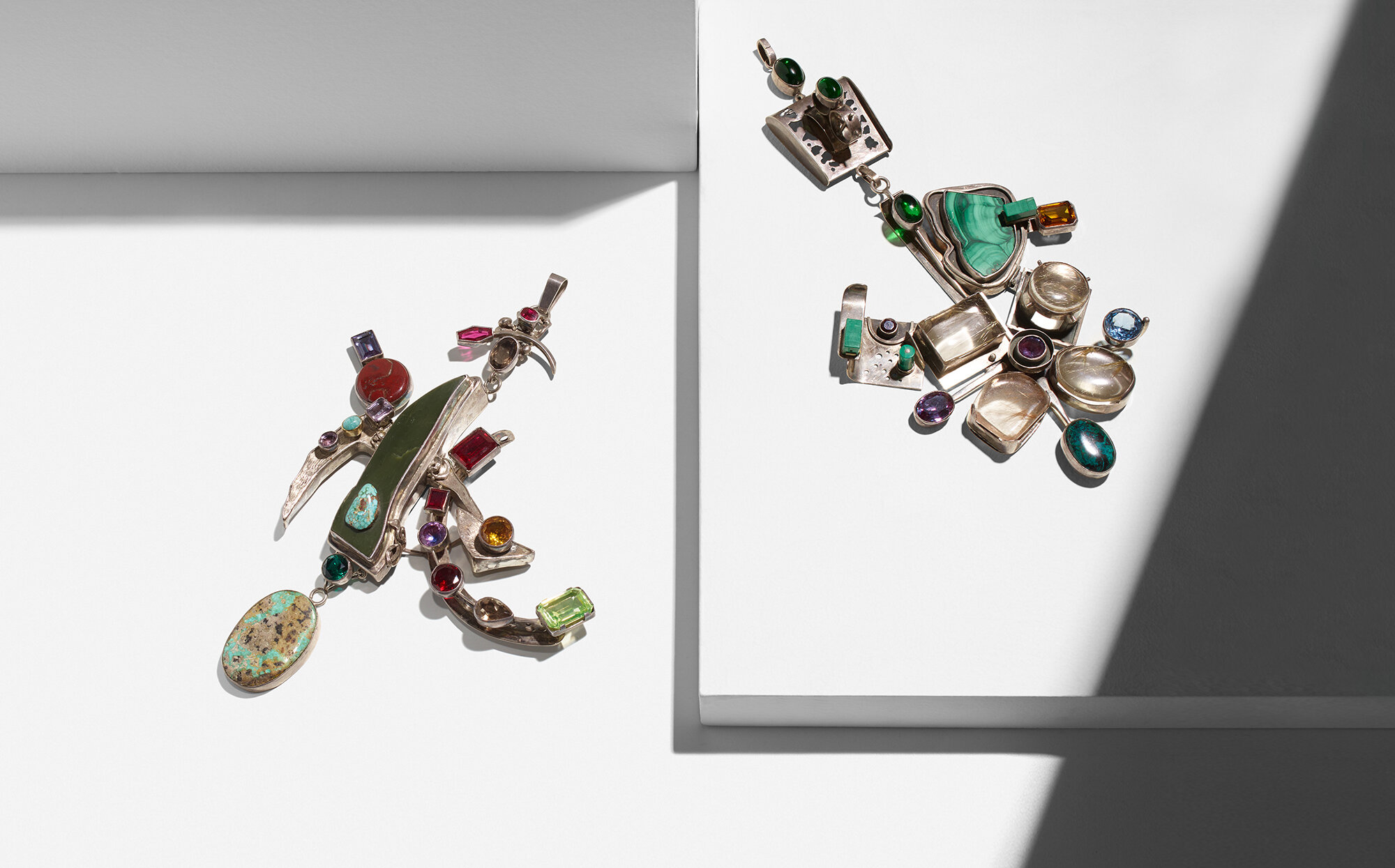101
101
Italy, 2000
18 karat gold, niello 1¼ d × 6 dia in (3 × 15 cm)
18 karat gold, niello 1¼ d × 6 dia in (3 × 15 cm)
estimate: $20,000–30,000
follow artist
Signed and dated to interior 'Babetto 18K 2000'. Impressed to interior '173 PD'.
provenance: Collection of Susan Grant Lewin


























